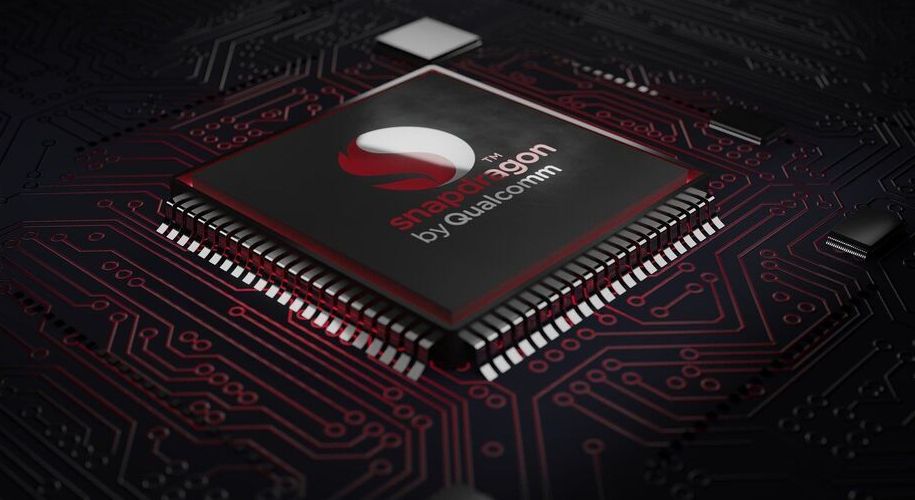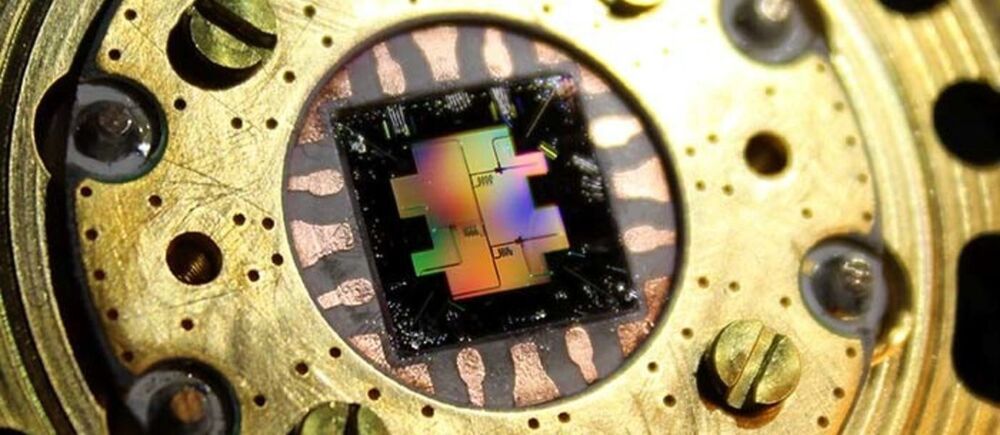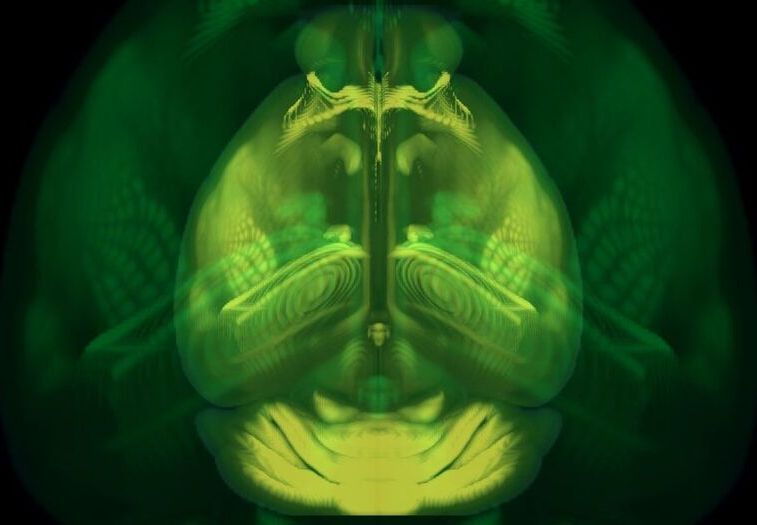New EPFL/INRIA research shows for the first time that it is possible for our mobile devices to conduct machine learning as part of a distributed network, without giving big global tech companies access to our data.





IBM announced that global energy company BP has joined the tech giant’s quantum network as an industry partner to boost the use of quantum computing in the energy industry.
As a critic of modern life and technology, Ai-Da can draw thanks to artificial intelligence.



